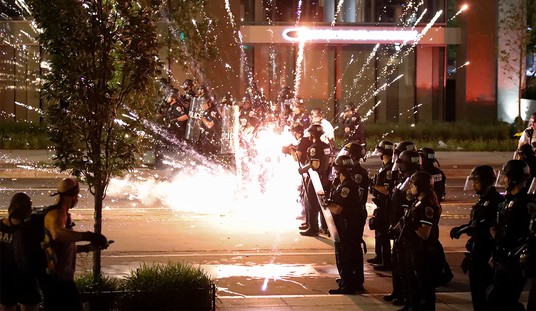New York City Mayor Bill de Blasio recently lost another round in the court battle he’s been waging against Uber in the Big Apple. (The guy can’t seem to catch a break lately.) But that doesn’t mean that the fight is over. Hizzoner continues to push his defense of the entrenched New York City taxi system to the puzzlement of many observers who see ride sharing as the far more progressive and fair option which opens car service to underserved and largely minority communities while reducing prices through competition. So what gives?
As with anything else in the wide world of politics, you may want to follow the money. At the heart of the question is the nearly 100 year old “medallion” system which New York has used to regulate taxi service since 1937. But, as the Wall Street Journal explains this week, far from being some simple regulatory scheme to ensure rider safety, it’s tuned into a massive, big money business in its own right. And it’s a business which is taking a beating from Uber and Lyft, so the old guard who tend to finance political campaigns are not very happy about it.
It helps to remember that Uber launched in New York City in 2011, when the taxi business was booming. The city’s Taxi and Limousine Commission, which strictly limits the number of medallion licenses it issues, was slowly increasing the number of registered taxis.
As a result, the fewer than 14,000 medallions traded for more than a half a million dollars on average, with some transactions breaking the seven-figure mark. Two years ago, the medallion market peaked at an average price of $840,000 per medallion and a high of $1.32 million. Thanks to steadily increasing rider demand and a little smart trading, medallion owners were seeing returns that regularly outperformed Wall Street investment banks. Now the average price of a medallion has sunk to $560,000, just 67% of its peak.
One reason medallions appreciated so fast is that the city-mandated, artificial scarcity created a perfect opportunity for market manipulation. Gene Friedman, CEO of Taxi Club Management, saw the opportunity and bought as many medallions as possible, bidding up the price to sell on the secondary market. He then used the inflated price to borrow against the stock he owned. Now that the price has dropped, he’s overleveraged, and 22 of his companies have declared bankruptcy.
Yes, the medallion system is a rigged game and everyone knows it. The fact that it was used for so long to keep small, independent taxi drivers out of the market combined with the revelation that medallions were previously selling for the better part of a million dollars tells you all you need to know. Add to that the fact that the unions which represent the taxi companies are huge Democratic donors and you have a recipe for corruption and abuse.
But what of the idea that de Blasio is one of the most progressive Democrats in the country? In the case of ride sharing… not so much. It’s already been shown that traditional taxis are far from an equal opportunity service. They don’t even go into many parts of Staten Island, Brooklyn or Queens so poorer neighborhoods rarely if ever see a cab. Even in the more ritzy portions of Manhattan the cabs tend to run on the racist side. (Remind me some day to tell you the story of how I once had to flag a cab for a black editor from the New York Post in front of one of the nicer and more expensive hotels in Hell’s Kitchen after we met for dinner.)
By way of contrast, Uber is currently cleaning up out in those less served areas and opening up new opportunities for minorities in terms of both employment and the ability to get around. The fact that the mayor keeps fighting against Uber and Lyft is a clear sign that Bill de Blasio knows which side his bread is buttered on, and it’s not a position which is in the best interests of the progressive causes he claims to champion.









Join the conversation as a VIP Member